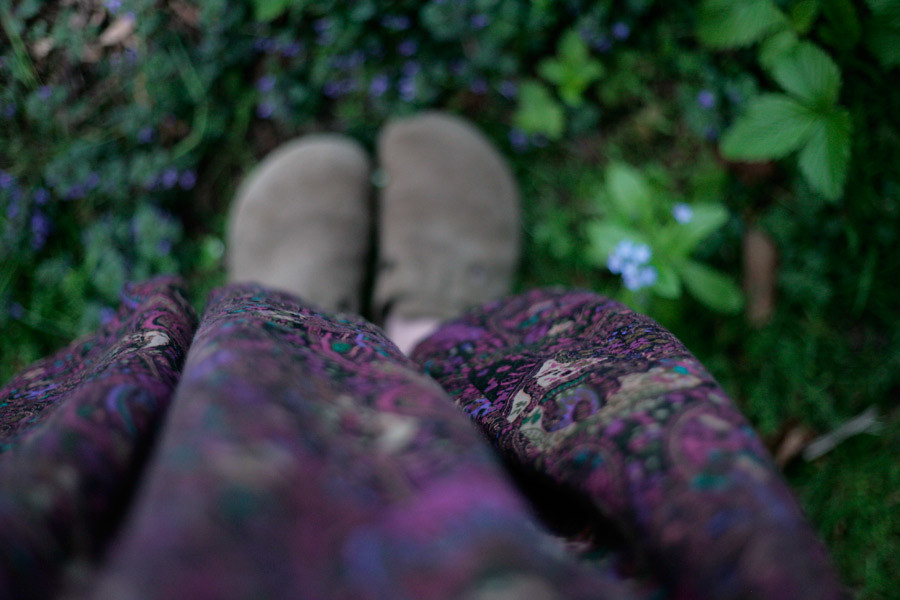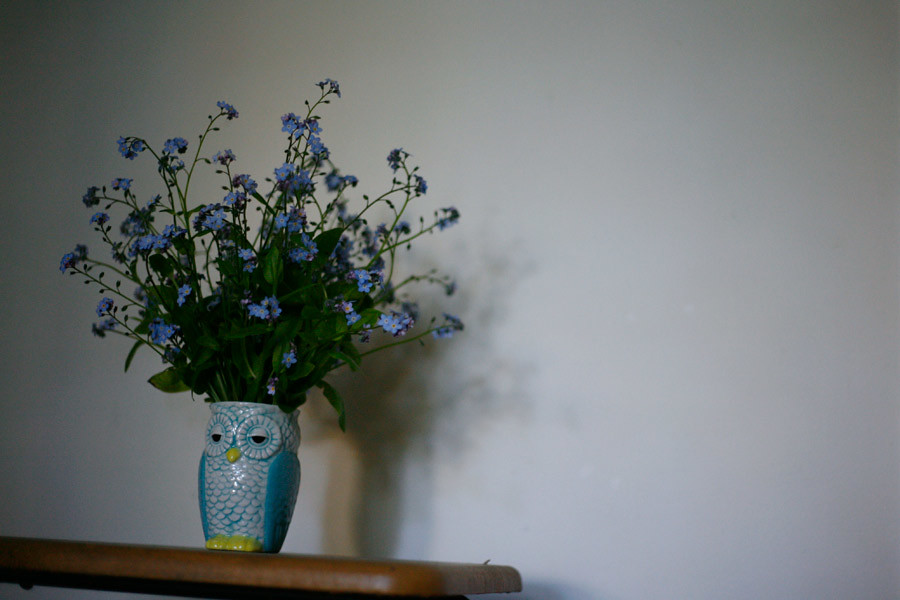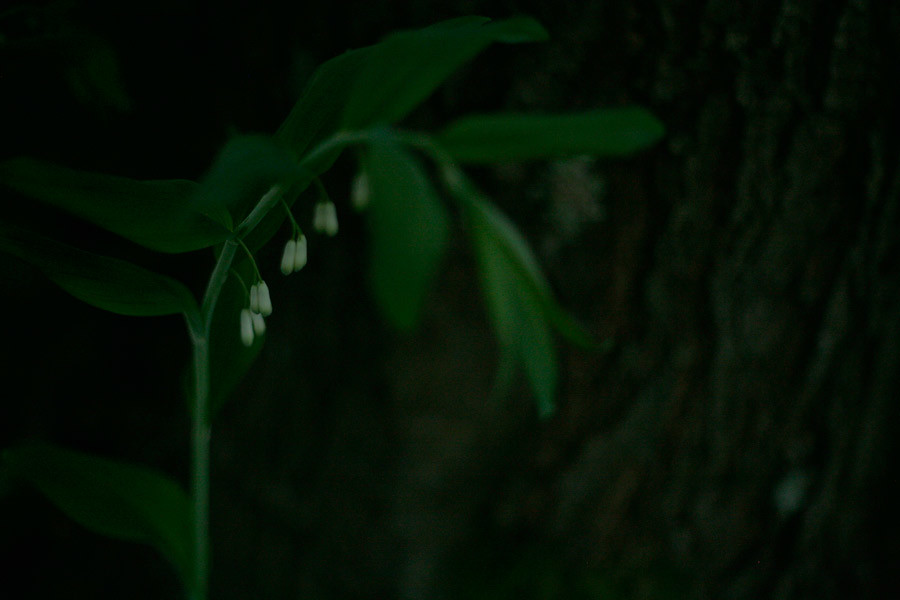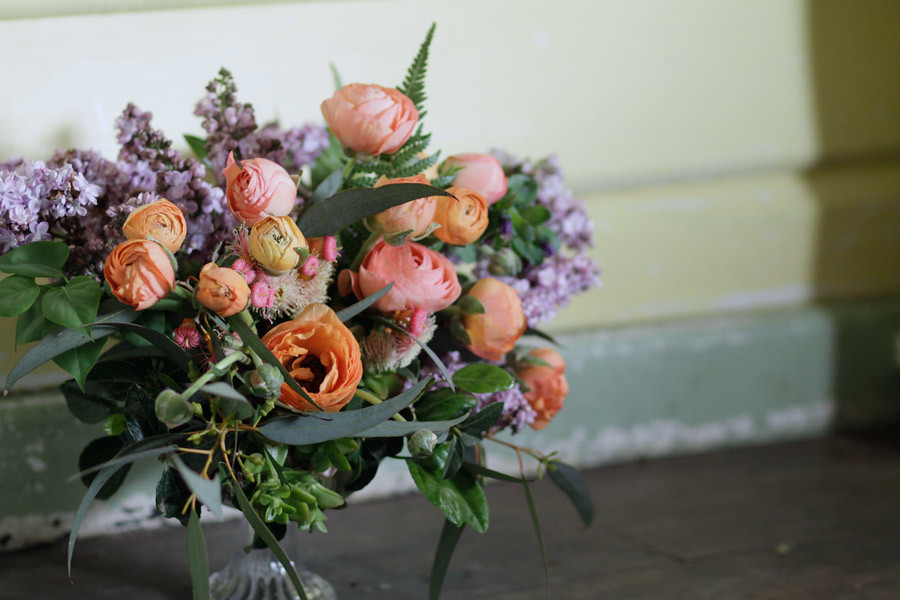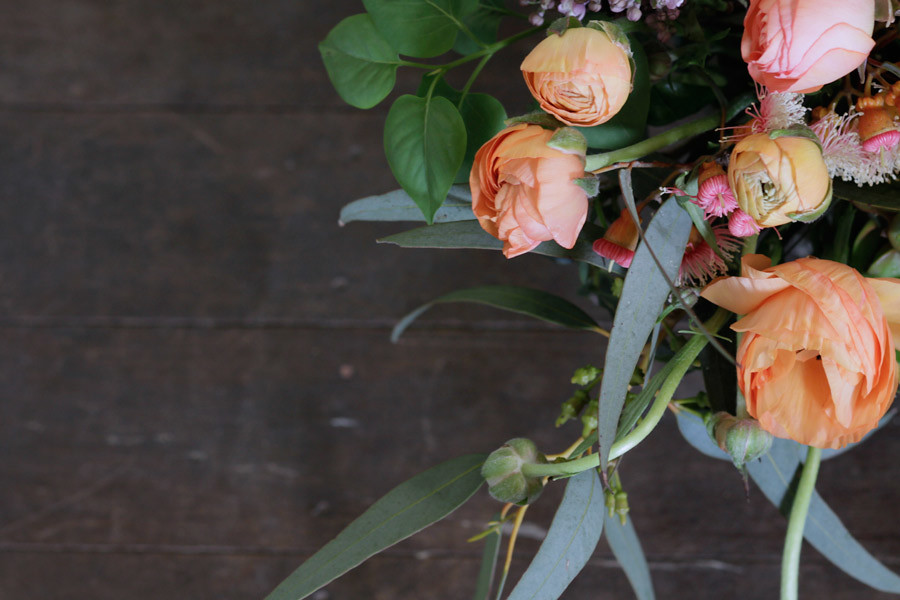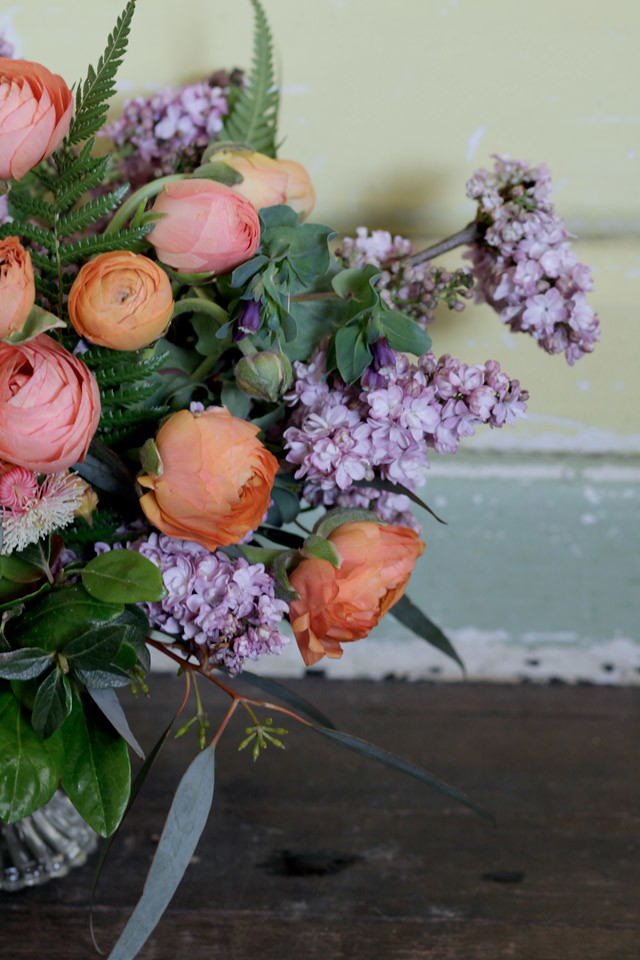I like to think that in a past life, I was a witch. The herbal healing, mothering and making, community elder type of witch. I have all these elements within me now, it's just that these days peeps like me don't get a cool name and we don't get the cred. But that's cool, 'cos we also don't get burned at the stake for making poultices!
This little guy has come to live with me.
As has a new camera, yippee! We're still getting to know each other; I think it's the beginning of a beautiful friendship.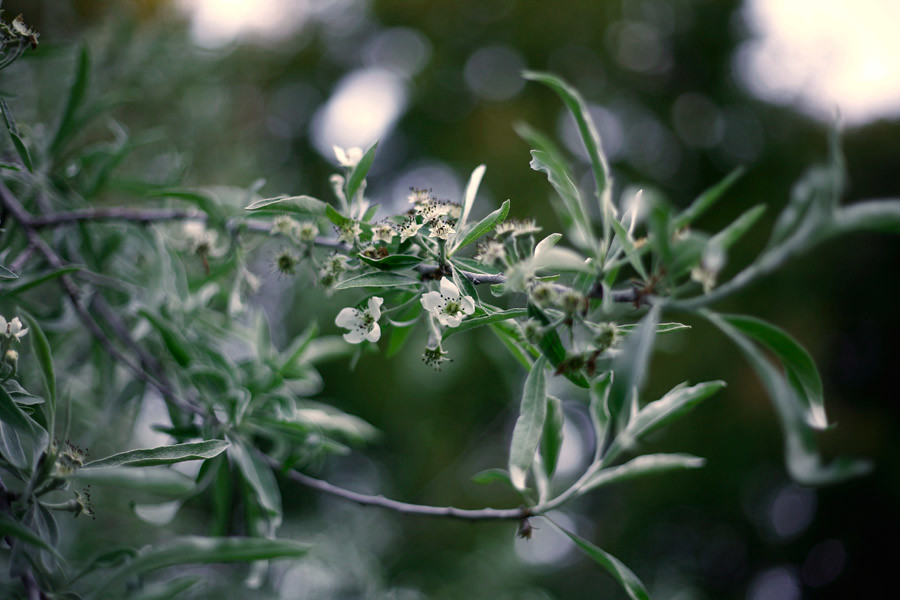

My grandmother once told me that it is considered very ill luck to let a Solomon's Seal plant die. After the death of her mother, Nana transplanted the Solomon's Seal from her mother's garden to her own and thought little of this poignant superstitious ritual. The plant gets it's name from Hebrew Lore, it is thought that once granted great wisdom by God, King Solomon saw the value of the plant and placed his mark (the seal of Solomon, more commonly known as the Star of David) upon it. Apparently the scar left on the rhizome after each year's flower resembles that same seal. The plant has long been considered effective in helping to seal wounds and knit bones.
Columbines, Ladies' bonnets, Aquilegias: these dainty little poppets have been cottage garden favorites for centuries. Literally, there is documentation of their use in gardens back in 1580! One of their names is obvious: they do look like little bonnets. The name Columbine is thought to come from the Latin columba, meaning a dove or pigeon. Look below, can't you see little clusters of doves flying? What I learnt recently, from a fantastic novel (The Lady and the Unicorn by Tracy Chevalier) is that representations of aquilegias were used in the Middle Ages to signify the Holy Trinity. This is because, everything on an aquilegia comes in threes. The leaves are triple lobed, placed in clusters of three and the buds flower in sets of three. So there you are. Now what do you see?


